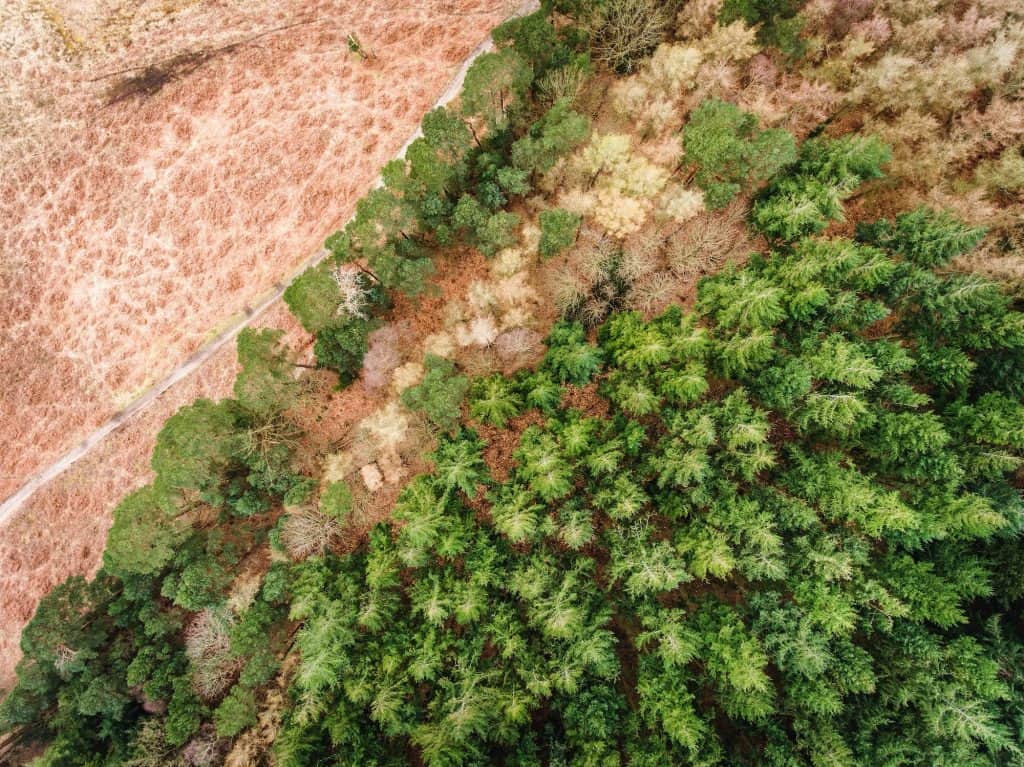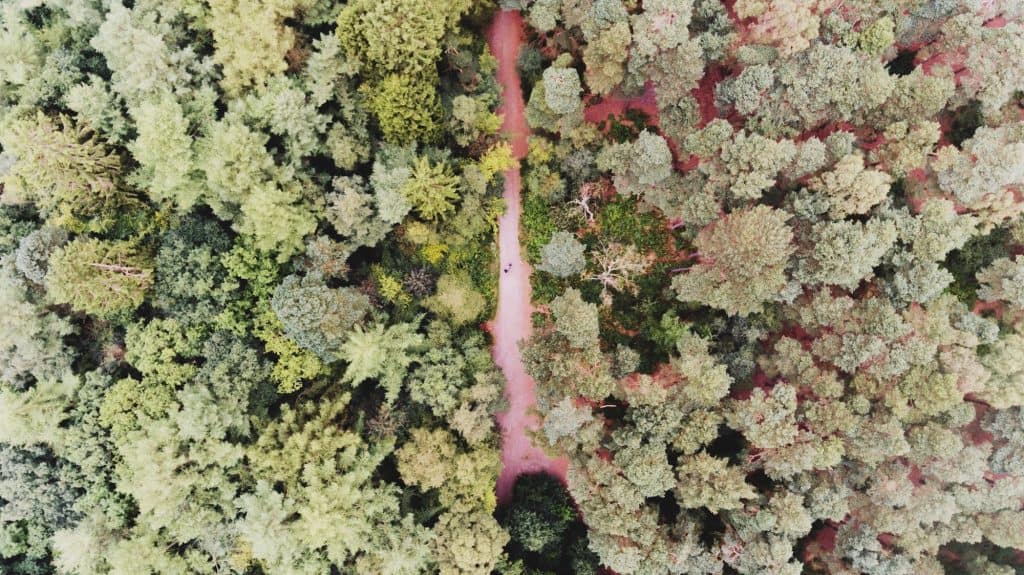Drones have burst into marketing and completely revolutionized how we do many things, from photography, the delivery of goods, surveillance, and even land surveying.
Although still relatively new, drone surveying is something that most land survey professionals are quickly embracing and adding to their arsenal of tools.
Granted, not very many land survey companies have adapted to the use of drones to carry out surveys. But as time goes on and the technology gets better with far more powerful drones being produced, there is no doubt that most will head in this direction.
Here is everything you need to know about drone surveying.

Is Drone Surveying Legal?
Because the sale of drones to civilians is a relatively new concept, it is understandable that there are still some areas that the law hasn’t fully addressed. Therefore, the very first thing any drone owner should ask themselves is whether or not what they intend to use the drone for is legal. So, is drone surveying legal?
Yes! The use of drones to survey land is very legal.
However, you need to be licensed by the FAA and fully insured if you want to use a drone for any commercial purposes. There are also some rules and regulations put forth by the FAA that must be followed. Although this list is quite detailed and mired in legalese, the gist of it is that:
- The drone pilot must always keep the drone within their visual line of sight
- The drones must be flown at a height lower than 400 feet
- You need a special waiver to fly the drone after dark
- The drone pilots must be certified to fly by the FAA
- The drone pilots must pass background checks
There are also other laws and standards that come with each local government that you must comply with to safely and legally use your drone to carry out land surveys. But as soon you have all these legalities out of the way and start using your drone to carry out land survey jobs, you will quickly realize just how much of an added advantage these machines bring to the table.
What Are the Benefits of Drone Surveying?
The simplest and most precious benefit of drone surveying is immediately apparent even to those who are not professionals in the field. Using a drone to take aerial images of vast pieces of land makes the entire process much easier than it would be using traditional methods. But it is not all about making your job as a survey professional easier; other immense benefits come with drone surveying. These benefits include:
- It is much safer: By its very nature, surveying involves the traversing of vast pieces of land. Even those that are not level or easily navigable. Because surveyors still need to get to these places, it doesn’t matter how jagged or rugged the terrain. They must find a way to carry out their business. This often places their lives in considerable peril. From surveying mountains to hills, swamps, steep valleys, and even very hot areas, going to these places in person can be dangerous. However, by using drones, the heavy reliance on the ‘boots on the ground’ element of land surveying is minimized. Licensed drone pilots can use their drones to get clear and detailed terrain images. Drone mapping can even be used in areas that are inaccessible because of fire clean-up.
- They provide excellent detail: One of the biggest fears in the industry is that drones will replace in-the-field surveyors one day. Quite on the contrary, even though drones make life for a land surveyor easier, companies will still need professionals who can interpret the images and operate the drones. Surveying professionals will still be necessary to maintain accuracy as well. Drones will easily provide the surveyor with the necessary elevation data, ortho-rectified photos, and horizontal measurements needed to get permits or to commission site plans, but it is the surveyor who will interpret these images and give clear recommendations. The images gathered by the drone will, therefore, be used as a foundation for the overall map.
- It is faster and cheaper: Imagine surveying several thousand acres of land. That will not only take a lot of time, but it will also require a lot of money to support the team in the field. With drone surveying, the time and human resources needed to complete this task will be considerably reduced, thus saving the client money and the company time and personnel.
- It consolidates your toolkit: Land surveys require a wide array of tools to complete the task successfully. From theodolites to infrared reflectors and GPS equipment, going into the field to conduct a survey requires many bags. But by using drones, you can get similar, if not more detailed, survey images by loading all that onto one drone. This, in turn, makes the entire exercise much lighter and easier to carry out. Without all those tools with them, land surveyors will not only be faster on their feet, but they will also be more rested and happier as a workforce, which will lead to better results.

How Accurate Are Drone Surveys?
The answer to this question depends on several things:
- The kind of drone you use
- The kind of pilot you have operating the drone
- The kind of project goals you have listed
You will be happy to hear that it is quite possible to use mapping drones to make maps that come within centimeters of accuracy. This, of course, will highly depend on the kind of drone you use and the quality of the data you collect using that drone.
As drone technology advances and we begin to see better, more powerful drones being sold for commercial purposes, there is no doubt that more and more land survey companies will embrace drone surveying. The benefits far outweigh the disadvantages in this case. The fact that it saves time and money, and most importantly, it greatly improves employee safety, makes drone surveying the best option out there, provided the required accuracy can be achieved.

Brad Nichols
Partner
30 plus years focused on mission-critical technology and operations
